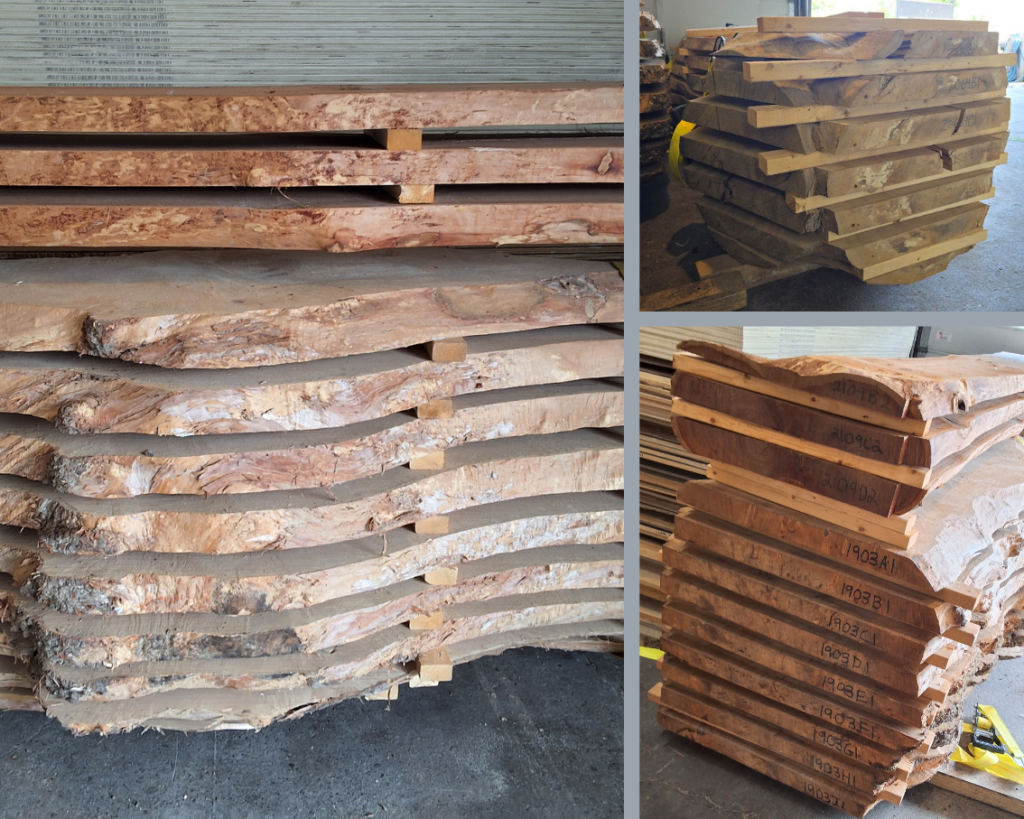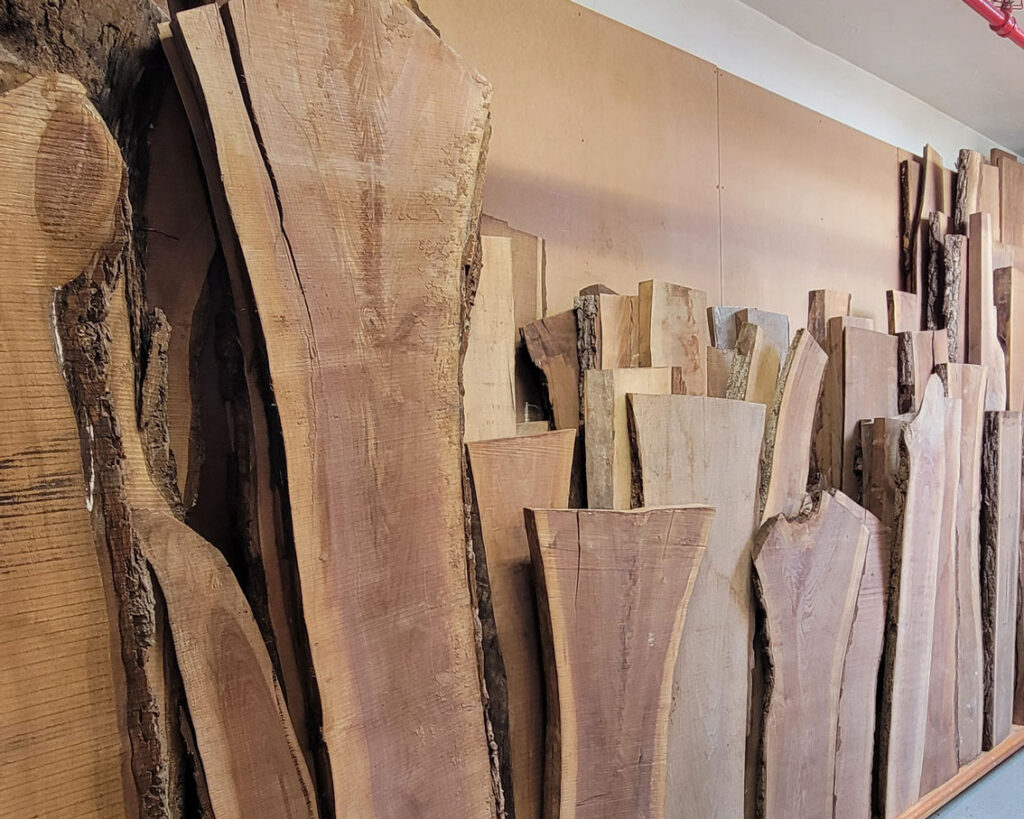Posts Tagged ‘specialty lumber’
“Big Box” Stores vs. Smaller Independents
When our website manager asked me to write about this topic, I was very happy to do it! The question of which type of store is better is not an easy one to answer, nor is one type the clear-cut winner. Over the years, I have had plenty of experience with both operations, first as…
Read MoreAbout Moldings
Over the decades, I have found the one major thing that distinguishes exceptional houses from the plain and ordinary: the moldings. When I first started remodeling and building in the early 1970’s, door and window casings were either clamshell (ranch) or colonial, in either 2 1/2″ or 3 1/2″ widths. Occasionally, a few outstanding architects…
Read MoreBoules, and Wood Flooring
A “boule” (I thought you’d never ask!) is a whole butt – or base – log that has been sawn into boards or slabs, and stacked sequentially in the sequence they were cut. A few mills will sell them like this, rather than sawing the logs in whatever way produces the most lumber. “Who cares?”…
Read MoreNeed Walnut? We’ve Got It!
Ever since I started in construction in the mid 1960’s, there have been many trends in the use of various woods for interior finish. When I was converting a Back Bay townhouse into condos in 1973, all the existing doors and trim had long been painted white. Some of it was poplar, which was meant…
Read MoreSLABS!!!
A “slab” is generally described as one piece of wood, the width of the tree from which it was sawn, with or without “live edges” (the natural shape of the tree sides), and usually quite thick. Barney and Carey has been selling slabs for years, while always seeking new sources for them. We buy them from…
Read MoreShorts, Cookies, Discs, and Hardwood Oddities
As written here in a previous blog, about eight years ago I took on two partners and decided to make a radical change at Barney & Carey. The location in Sharon had functioned pretty well as a small, “full service” lumber company, but had really outgrown its tired facility. Both Barney & Carey and my…
Read MoreUnveiling the Holiday Spirit: Welcome Holly Wood!
Hey there! Guess what’s happening at the lumberyard? We’ve got something new in the mix, and we have no doubt it will sprinkle a bit of holiday cheer into your woodworking projects. Introducing Holly Wood, the latest addition to our lineup. This one’s sure to bring a touch of festive magic to whatever you’re creating. …
Read MoreYou’ve Never Seen a Shipment of Hardwoods Like This Before
I have mentioned many times how difficult it can be to source high quality hardwoods. We have been diligent at keeping a good inventory of them—both domestic and exotic—in stock. However, sometimes, I just can’t find what is needed. Recently, one of our three owners, Dovi, told me that we were pretty depleted in a…
Read MoreA Treasure of Exotic Hardwoods
As the old saw goes, “some days ya just get lucky!” Well, that is exactly what happened to me recently. A little background, first. As woodworkers, craftspeople, woodturners, etc., we have been intrigued with using some exotic hardwoods in our projects. Yes, many of these woods are very expensive and often hard to obtain, but…
Read MoreTop 5 DIY Woodworking Gifts You Still Have Time to Make
If you’re a woodworker you know the value of a handmade gift. Everyone appreciates seeing that thought went into getting them something nice for Christmas and nothing says this more than a hand-crafted item. While, yes, the holidays may only be weeks away and you might be feeling the crunch of getting everything ready in…
Read More









